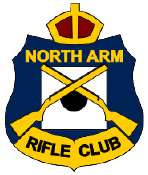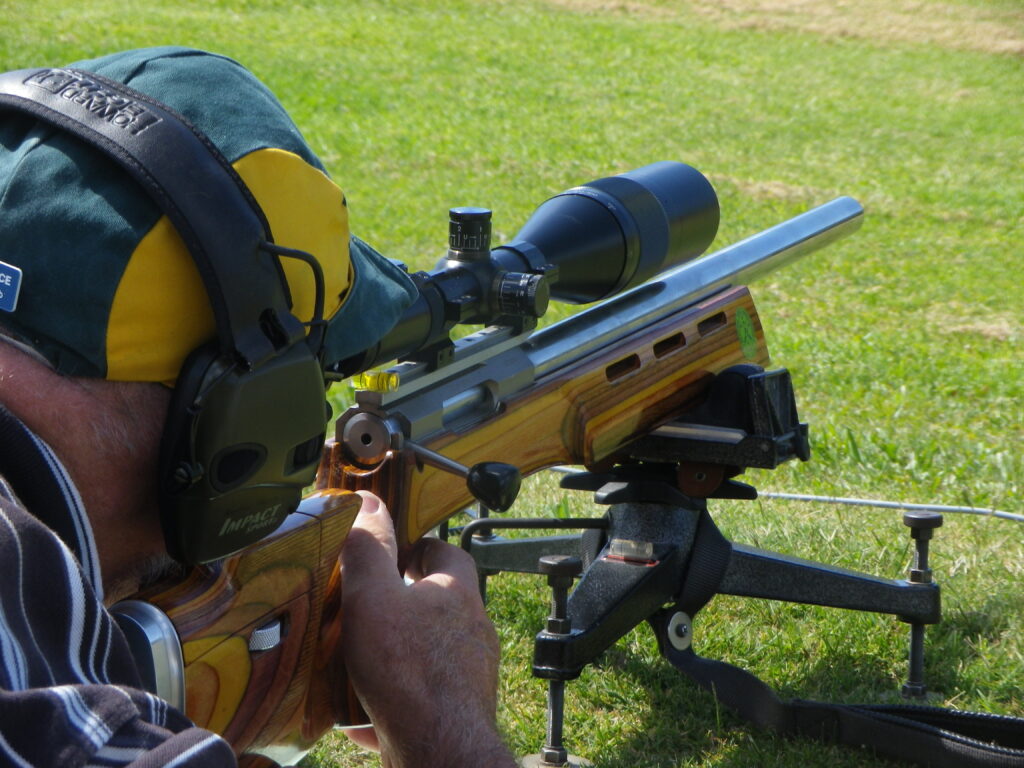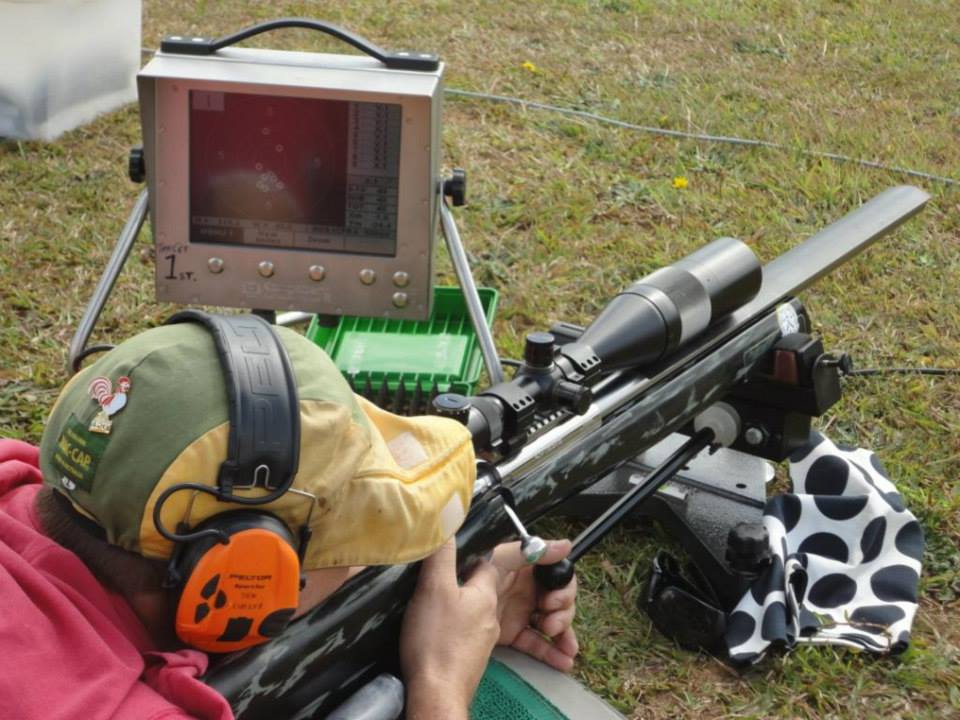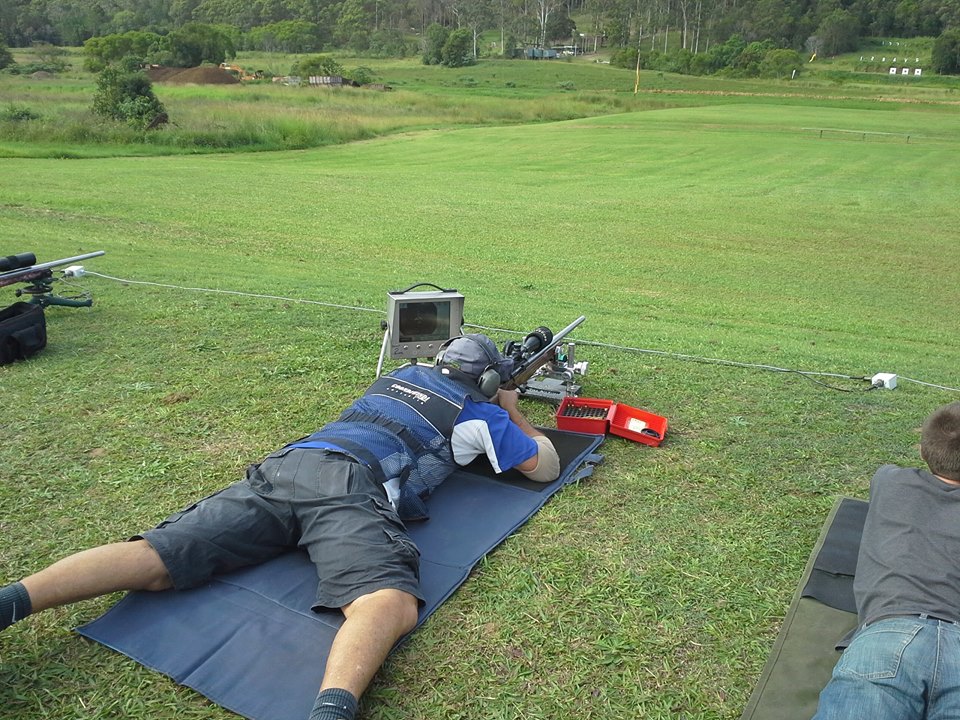Governed by the International Confederation of Fullbore Rifle Association’s rules.
F – Class is a shooting discipline governed by the International Confederation of Fullbore Rifle Association’s rules.
It is shot prone (lying down), typically from 300 yards or metres out to 1000 yards.
F-class was derived from Target Rifle and has only been a recognised ICFRA discipline since the 1990’s. It was originally started to allow older Target Rifle shooters whose eye sight and general steadiness had deteriorated, to continue enjoying their sport. Today F-class is said to be “The” fastest growing shooting discipline in the world attracting all ages and genders.
F-class utilises a telescopic sight, a front rest or bi-pod for the forend and a rear support bag for the rifle butt. Using a high powered scope allows the shooter to place a reticule such as a cross hair over the target. Some shooters prefer to centre the cross hair and dial wind compensation into the scope and others simply use the reticule’s lines as reference marks and hold the cross hair off centre to compensate for wind.
In F-class an extremely competitive person must have exceptionally repeatable technique, outstanding and uniform handloading practices, articulate wind reading ability and good equipment. In the heat of the moment, between expert opponents with good equipment, F-class is ultimately a wind reading and handloading competition.
F-Class is shot from a far steadier platform than Target Rifle with far more powerful magnification however the F-class target is half that of T/R. At 1000 yards, the X ring is a mere 5 inches in diameter. The slightest inaccuracy will lose points.



